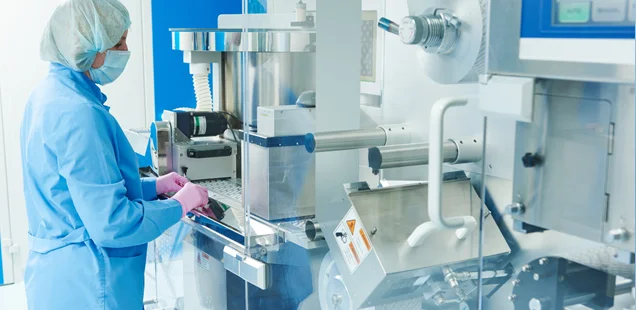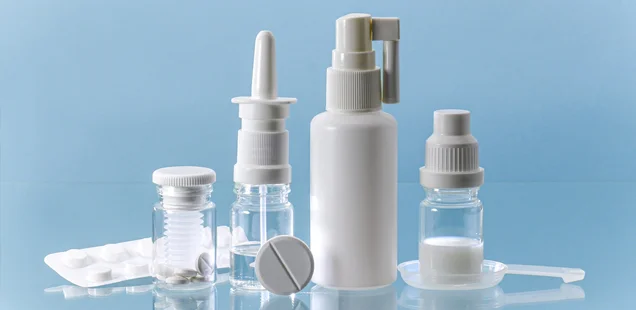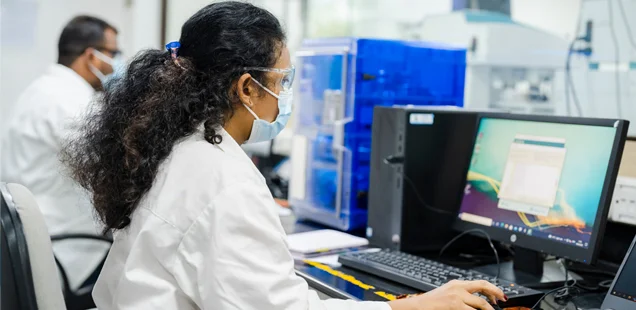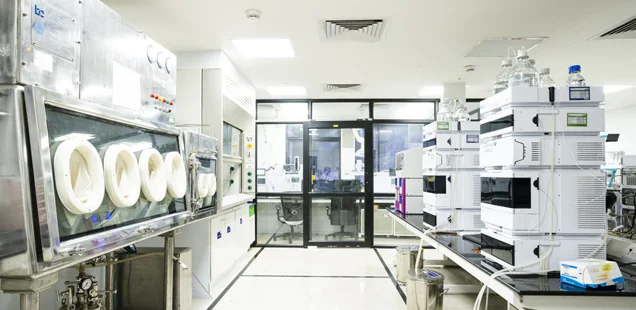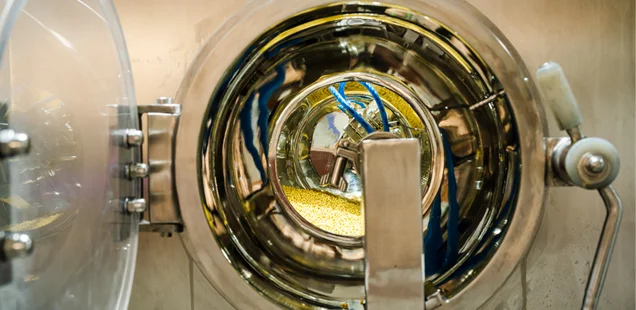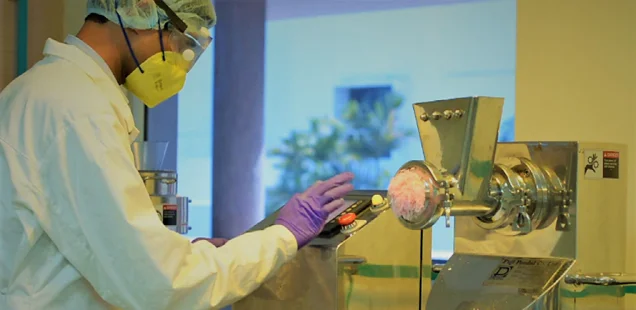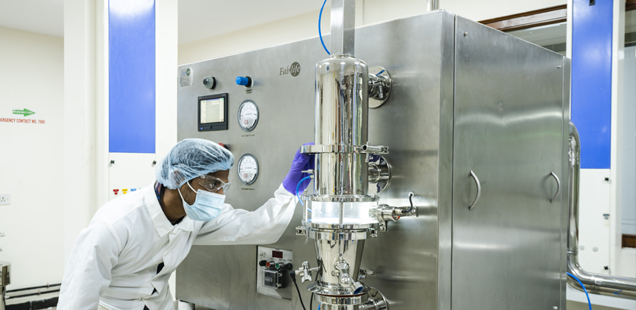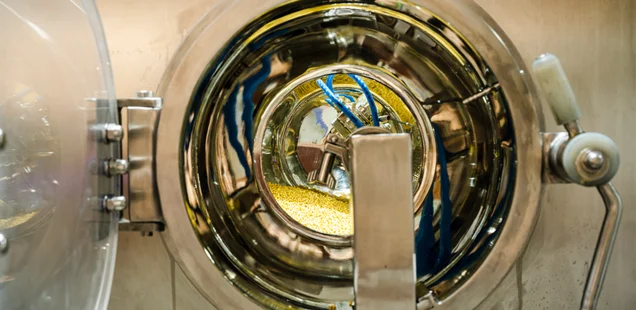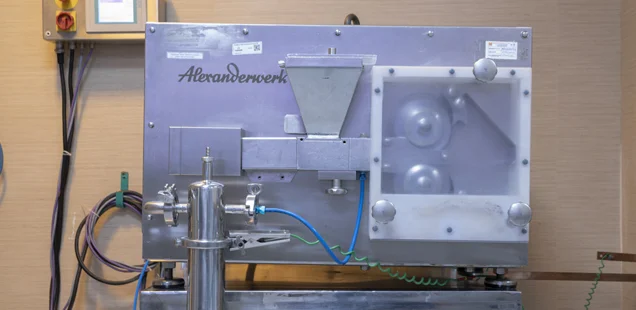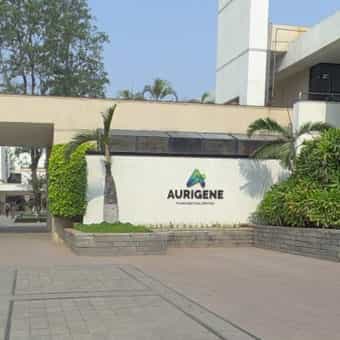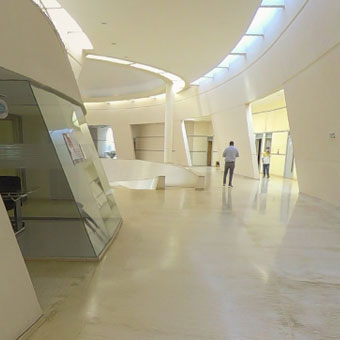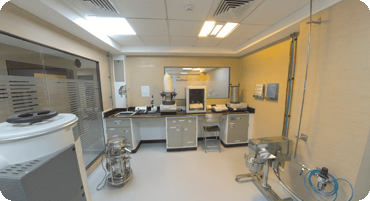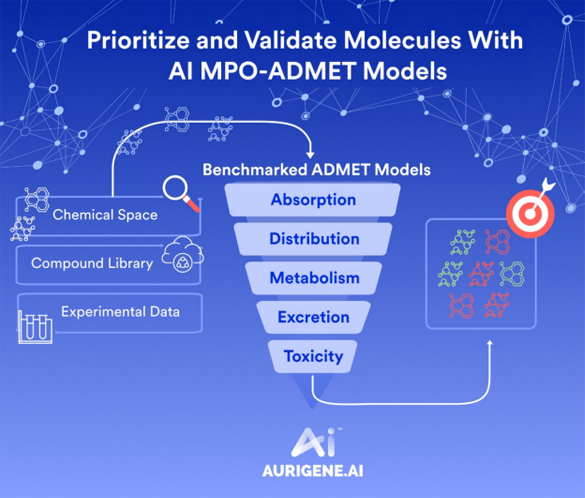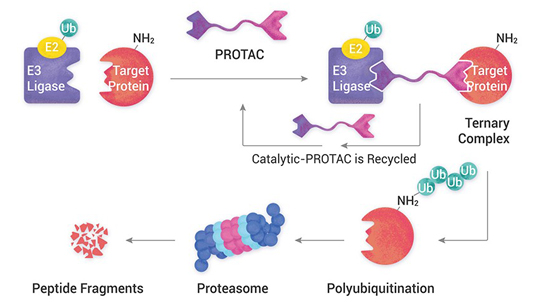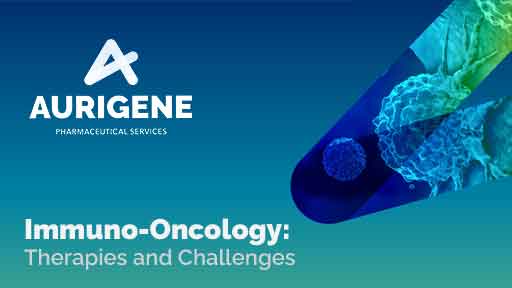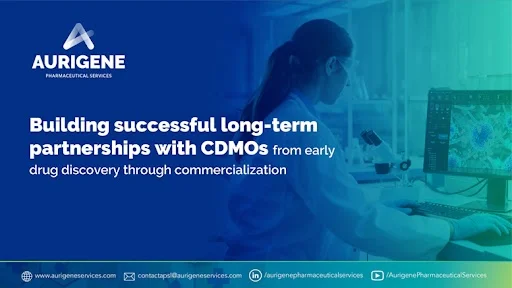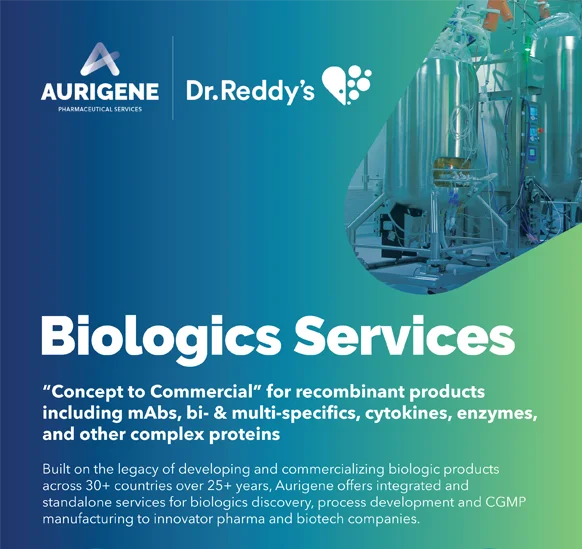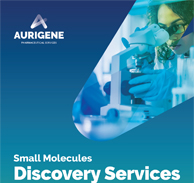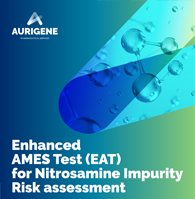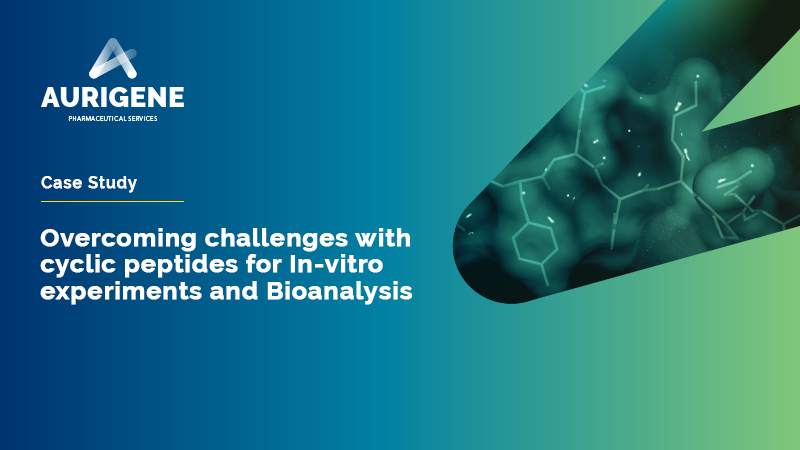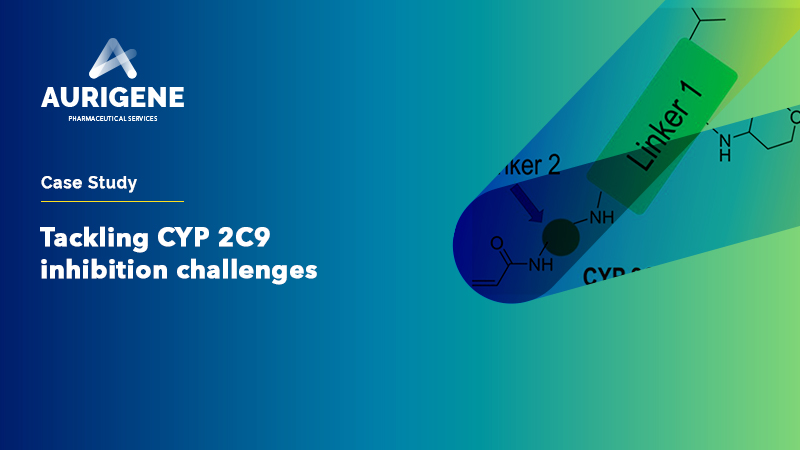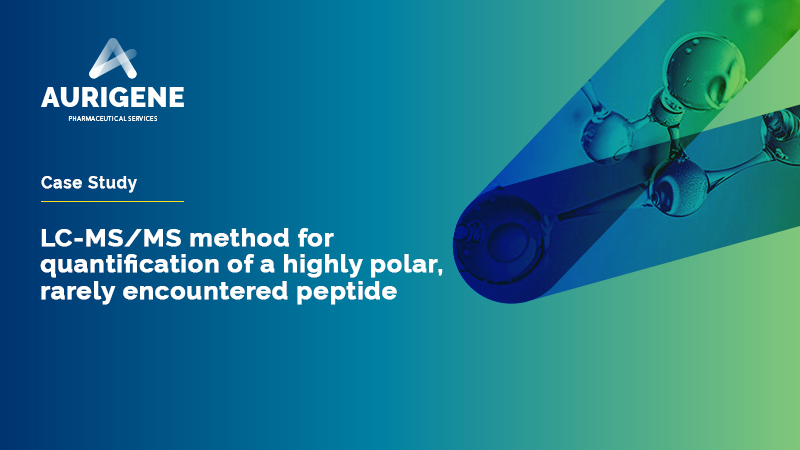
We aim at providing pharmaceutical stability solutions that include the study of product-related factors that influence the quality of a drug, such as the:
Interaction of an API with excipients Identification and prevention of degradation pathways in product Container closure systems
All stability samples are stored under controlled conditions such as incubators and stability chambers for accelerated or long-term or intermediate stability studies. The suitability of a drug substance or a drug product for its intended use is defined by attributes such as identity, strength, and purity.
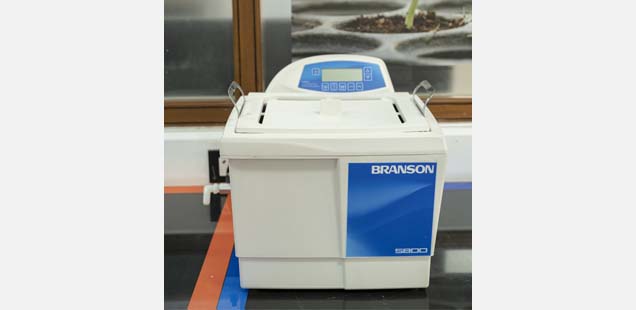
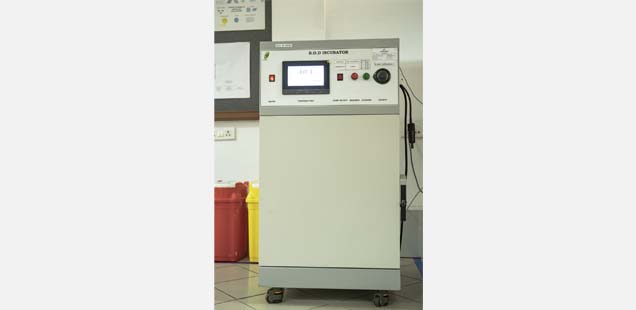
Thermal Stability
In general, the drug substance and drug product are evaluated under storage conditions (with appropriate tolerances) that test their thermal stability and if applicable, their sensitivity to moisture. The storage conditions and the lengths of studies are defined by regulatory guidelines.
Conditions
Drug Substances:
- Long term: 25°C ± 2°C/60% RH ± 5% RH or 5°C ± 3°C
- Accelerated: 40°C ± 2°C/75% RH ± 5% RH
Drug Product:
- Long term: 25°C ± 2°C/60% RH ± 5% RH or 30°C ± 2°C/75% RH ± 5% RH
- Intermediate: 30°C ± 2°C/65% RH ± 5% RH
- Accelerated: 40°C ± 2°C/75% RH ± 5% RH
Photostability
The intrinsic photostability characteristics of a new drug substance or drug product are assessed to demonstrate that light exposure does not result in unacceptable change. Usually, we conduct photostability testing for a single batch of the material selected as described under the selection of batches in the parent guideline. Under some circumstances, these studies can be repeated if certain variations and changes are made to the product (such as formulation and packaging). The repeat study helps us understand photostability characteristics determined at the time of initial filing and the type of variation and/or change made.
A systematic approach to photostability testing is recommended, based on studies such as:
- Tests on the drug substance
- Tests on the exposed drug product outside of the immediate pack
- Tests on the drug product in the immediate pack
- Tests on the drug product in the marketing pack
In-use Stability
Our in-use stability testing services help to establish the period during which a multi-dose product can be used while retaining quality within an accepted specification once the container is opened. The continued integrity of products in multi-dose containers after the first opening is an important quality issue.
Why Aurigene Pharmaceutical Services?
State-of-the-art infrastructure
Capability to perform various forms of stability testing
Other Services
Connect with our scientific experts for your drug discovery, development, and manufacturing needs
We understand that clear communication is essential to successful collaborations, and that's why we have a dedicated team that is always ready to help you. Whether you have questions about our services, want to discuss a potential partnership, or simply want to learn more about our company, we're here to help.
Our team of experts is dedicated to providing personalised solutions tailored to your unique needs. So, please don't hesitate to reach out to us. We look forward to hearing from you and helping you achieve your business goals.
Learning Resources
-
January 31, 2025
Development and assessment of a Bcs class II - SGLT2 (Sodium Glucose Cotransporter 2) inhibitor drug in the form of solid lipid Nanoparticles by selecting different lipids, co-surfactants, and manufacturing techniques
Drug Delivery System (DDS) has been used successfully in the past few decades to cure illnesses and enhance health because of its improved systemic circulation and ability to regulate the drug's pharmacological action. As pharmacology and pharmacokinetics advanced, the idea of controlled release emerged, demonstrating the significance of drug release in assessing...
Read More -
January 31, 2025
Development of novel paullone-based PROTACs as anticancer agents
Proteolysis-targeting chimera (PROTACs) represents a promising modality that has gained significant attention for cancer treatment. Using PROTAC technology, we synthesized novel structurally modified paullone-based PROTACs using Cereblon (CRBN) and Von Hippel–Lindau (VHL) E3 ligands....
Read More -
March 13, 2025
Development and verification of RP-HPLC method for the quantitative determination of Decitabine in tablet dosage formulation
Decitabine is an anti-cancer chemotherapy drug. This article describes method development and method verification of Assay of Decitabine in tablet formulation. A new, precise, rapid, accurate RP-HPLC method has been developed for the estimation of Decitabine in pharmaceutical tablets dosage form. After optimization the good chromatographic separation was achieved...
Read More
You are about to leave Aurigene Pharmaceutical Services and affiliates website. Aurigene Pharmaceutical Services assumes no responsibility for the information presented on the external website or any further links from such sites. These links are presented to you only as a convenience, and the inclusion of any link does not imply endorsement by Aurigene Pharmaceutical Services.
If you wish to continue to this external website, click Proceed.

Leaving already?
Don't forget to join us at
CPHI Worldwide 2023.
October 24th-26th, 2023 | Barcelona, Spain
Get ready to accelerate your drug’s journey to the market

